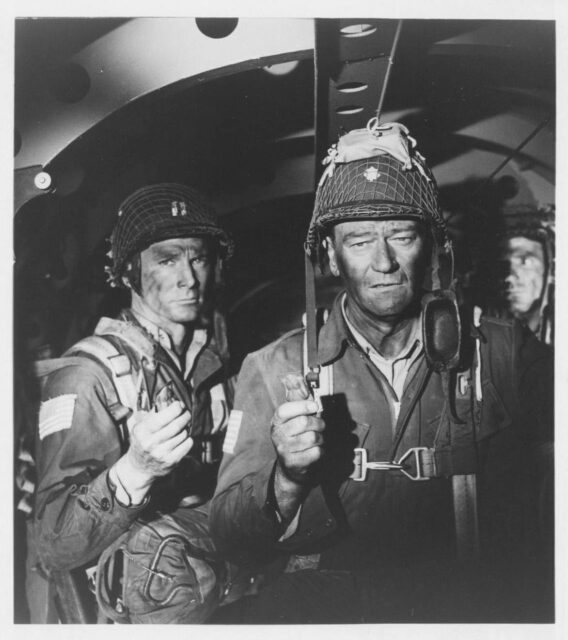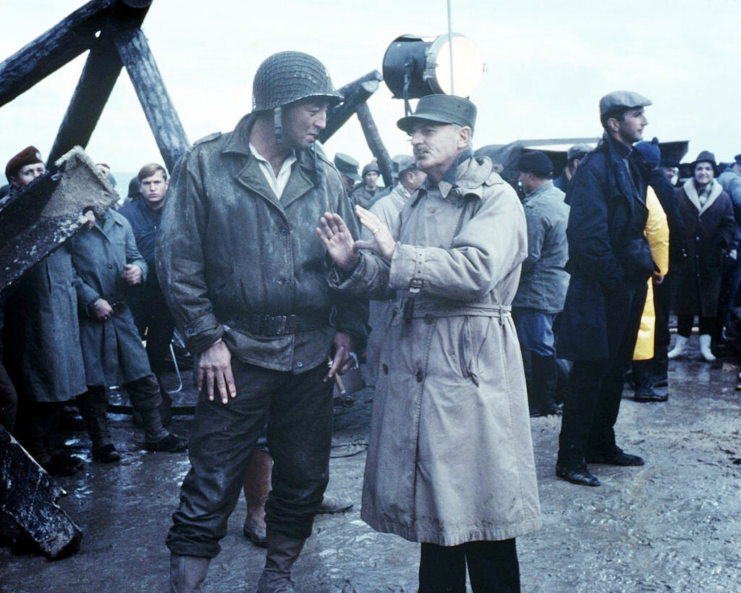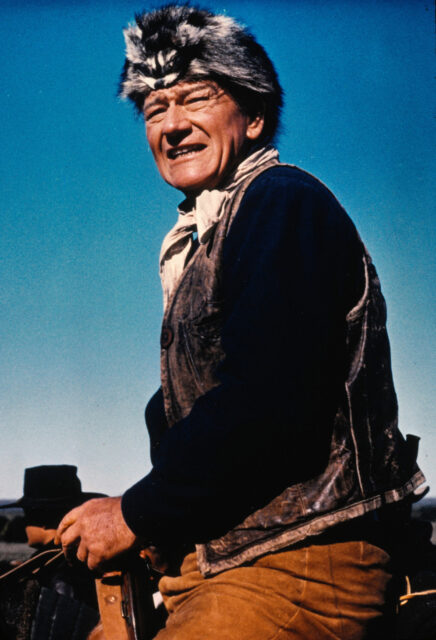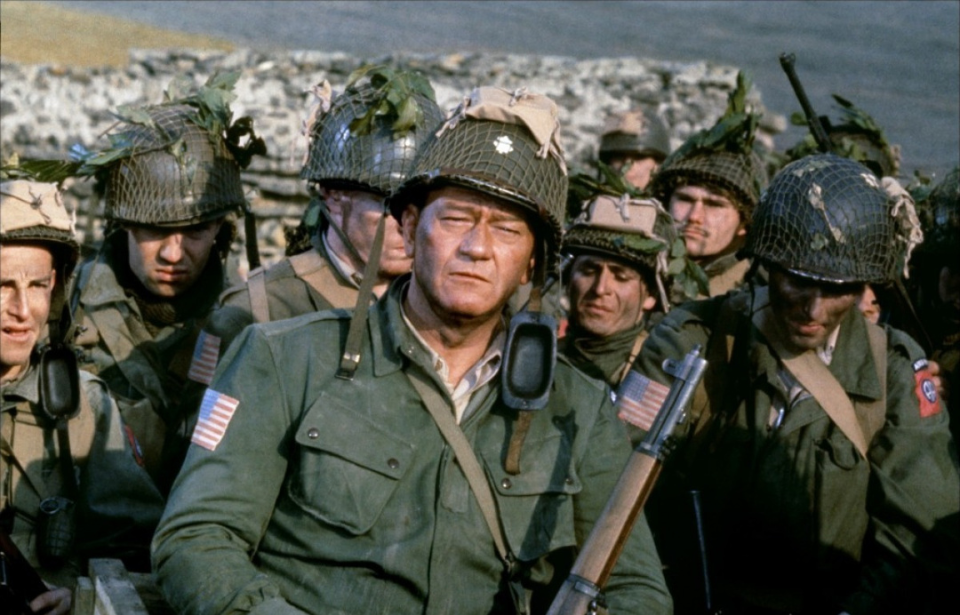Filmed in the 1960s, The Longest Day is still considered one of the best war movies of all time. However, it wasn’t all smooth sailing during production. In fact, there was apparently some beef between beloved Western star John Wayne and the film’s producer, Darryl Zanuck, which led the former to punish the latter.
The Longest Day (1962)

Production for The Longest Day began in March 1961, after the rights to the book were purchased. It was filmed in the style of a docu-drama, with each of the different major players being identified on-screen as they prepared for D-Day. The sheer scope of the plot is impressive, as it really does provide a detailed and accurate look at D-Day.
It follows the Allies in the lead-up to the landings, as well as throughout the beach landings and engagements at Pointe du Hoc, Pegasus Bridge and other major locations. It quickly turned into a passion project for Darryl Zanuck, who cast several incredibly famous actors, including Henry Fonda, Sean Connery, Richard Burton, Kenneth More and, of course, John Wayne.
John Wayne publicly punishes Darryl Zanuck

Unlike the other actors, John Wayne was featured in a minimal cameo role. The majority of those who appeared in The Longest Day were paid $25,000, but Wayne point blank refused to take such a little amount, despite hardly being featured in the movie. He demanded an astonishing $250,000. Even more surprising was that Darryl Zanuck actually agreed to this amount, meaning that, for only a few days of work, the actor made 10 times more than the film’s actual stars.
This price was ludicrous, considering Wayne never served in the military like many others appearing in The Longest Day. This didn’t sit well with many viewers. While he may have received a big payout, he was still placed at the end of the credits. In later years, Wayne said, “It was highway robbery. But I needed the money at the time, and that b*****d Zanuck had it coming.”
An earlier snub

What started this rivalry between Darryl Zanuck and John Wayne?
It all goes back to when Wayne decided to produce and direct the 1960 film, The Alamo, while also starring as the legendary Davy Crockett in the production. It focused on the 1836 battle of the same name and was something Wayne was extremely passionate about – so much so that he put a vast quantity of his own money toward the movie. This proved to be a massive error, as it was a box office flop; he didn’t even break even.
More from us: Did the US Government’s Nuclear Testing Lead the Cast and Crew of ‘The Conqueror’ to Develop Cancer?
Sometime after The Alamo was released in theaters, Darryl Zanuck participated in an interview, where he mentioned Wayne. In particular, he commented on how he didn’t like when actors decide to make their own production companies. He didn’t leave his comments as vague generalizations – he said “poor old Duke” was one of many who’d done this.
Having heard Zanuck’s comments, Wayne decided that he wanted to make him pay… Literally.
